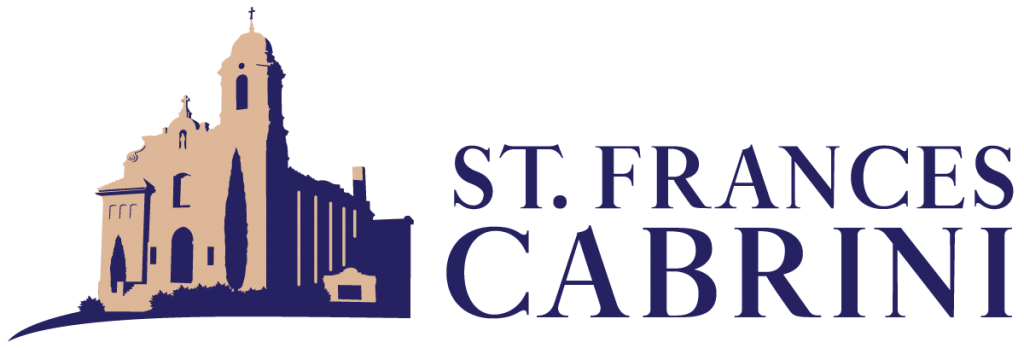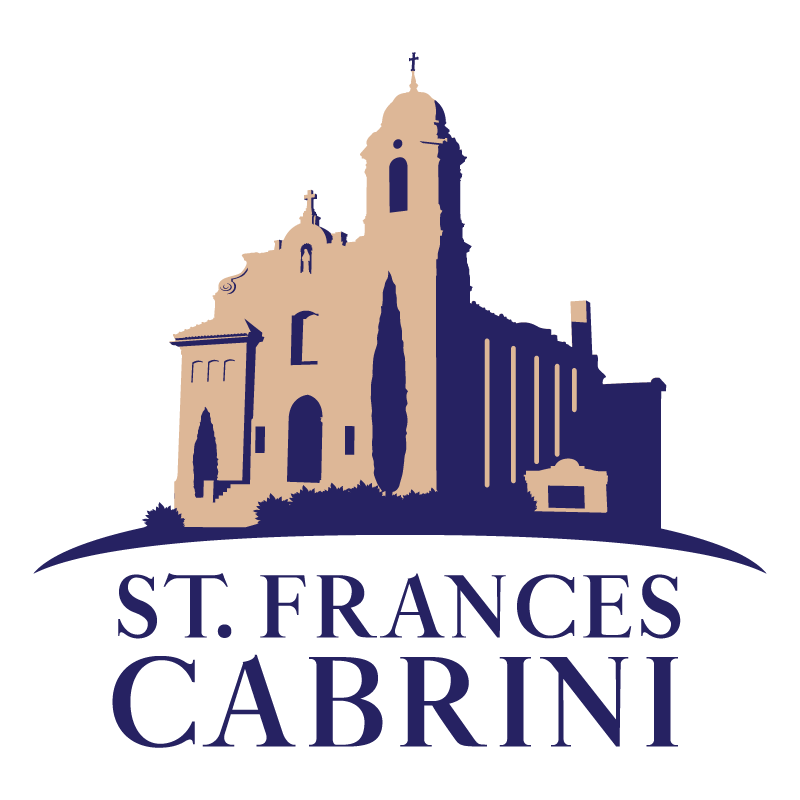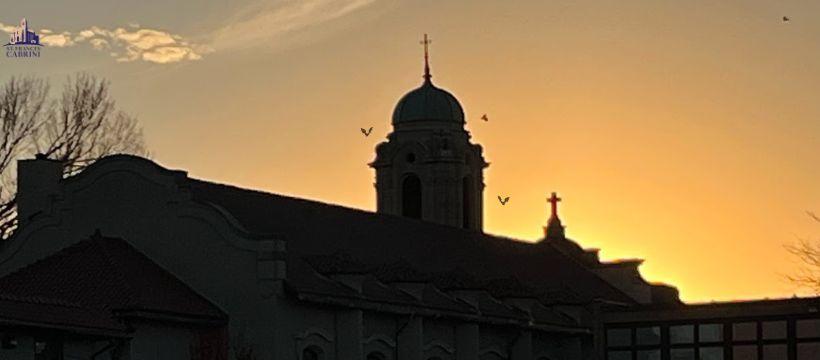Dear Friends,
This week Wednesday we have a Holy Day to celebrate, the feast of All Saints. While Thursday is not a Holy Day, the Commemoration of All Souls may be more deeply remembered as a time to pray for our loved ones who have died. Most people may not remember either one but focus instead on what happens on Tuesday, the Eve of All Saints, which still bears the Old English name of All Hallows Eve, that is Halloween.
We’ve all heard the stories that Halloween is a pagan rite dating back to some pre-Christian festival among the Celtic Druids in Ireland. Even today modern pagans and witches continue to celebrate this as some ancient festival. And people are warned not to let your kids go trick-or-treating, they will be worshiping the devil and pagan gods. Most of that is fantasy, however. According to historians the origins of Halloween are, in fact, very Christian and rather American.
The feast in honor of all the saints in heaven used to be celebrated on May 13, but Pope Gregory III moved it to November 1, the dedication day of All Saints Chapel in St. Peter’s at Rome. Later, in the 840s, Pope Gregory IV commanded that All Saints be observed everywhere. In 998, St. Odilo, the abbot of the powerful monastery of Cluny in southern France, added a celebration on November 2. This was a day of prayer for the souls of all the faithful departed. This feast, called All Souls Day, spread from France to the rest of Europe.
So, why do we dress up? It does not come from the time of the druids. Rather, this custom arose in France during the 14th and 15th centuries. Late medieval Europe was hit by repeated outbreaks of the bubonic plague–the Black Death–and it lost about half its population. It is not surprising that Catholics became more concerned about the afterlife. Lots of Masses were said for loved ones who had died and customs arose of dressing up like them or eating their favorite food and drinks, at their place of burial, as stories were told about them. This still happens in Mexico in its celebration of the Day of the Dead.
It seems that the wearing of masks started with persecuted English Catholics and their Protestant friends. If you know English history, then you are aware that the ill-conceived Gunpowder Plot to overthrow the British government was foiled on November 5, 1605, when the man guarding the gunpowder, a reckless convert named Guy Fawkes, was captured and arrested. He was hanged; the plot fizzled. November 5, Guy Fawkes Day, became a great celebration in England. During the penal periods, bands of revelers would put on masks and visit local Catholics in the dead of night, demanding beer and cakes for their celebration: trick or treat!
Guy Fawkes Day arrived in the American colonies with the first English settlers. But by the time of the American Revolution, Guy Fawkes had pretty much been forgotten. Trick or treat, though, was too much fun to give up, so eventually it moved to October 31, the day of the Irish and French remembrance of those who had died. The mixture of various immigrant traditions we know as Halloween had become a fixture in the United States by the early 1800s. It remains unknown in Europe, even in the countries from which some of the customs originated.
Where did witches come from? The greeting card industry added them in the late 1800s. Halloween was already dealing with the dead, so why not give witches a place on greeting cards? The Halloween card failed but the witches stayed. Catholic Schools trying to get a healthy focus, have, in recent years, encouraged children to wear costumes of saints to prepare for the spiritual celebration happening at the same time. The saints are, for us, super heroes who heard Jesus’ call and made it real.
In the midst of trick or treaters and dressing up as something, remember to come and celebrate our super heroes.
Peace,
Fr. Damian



